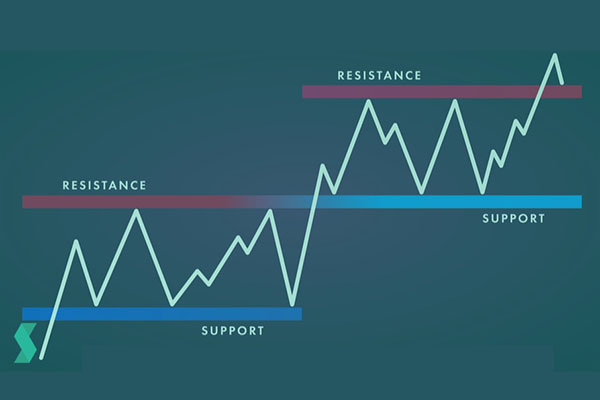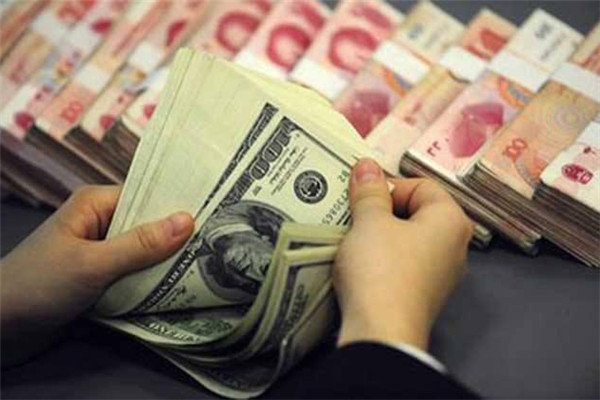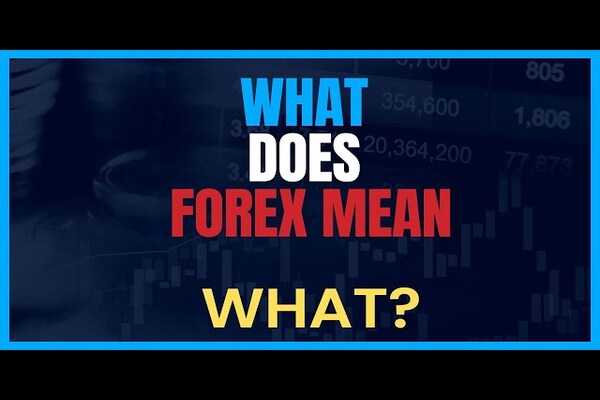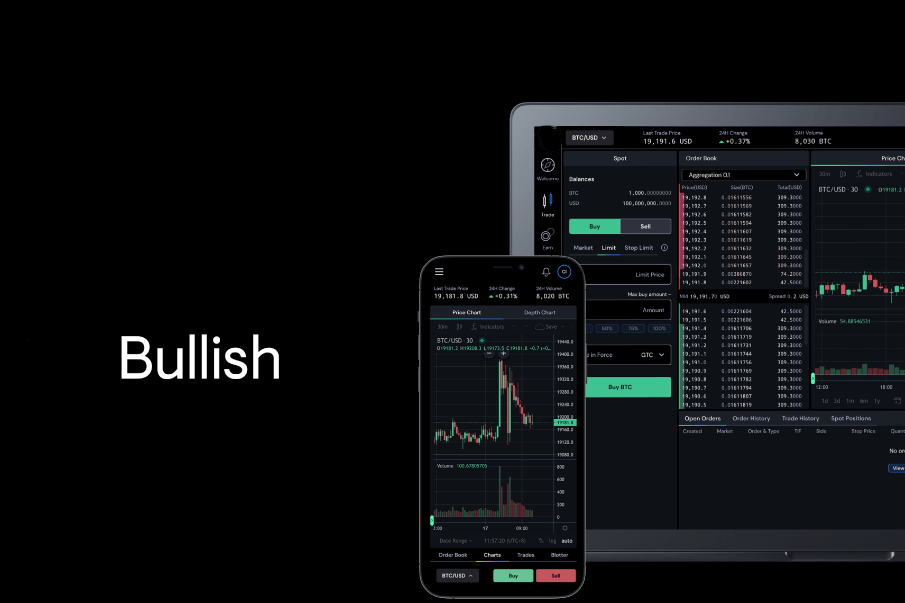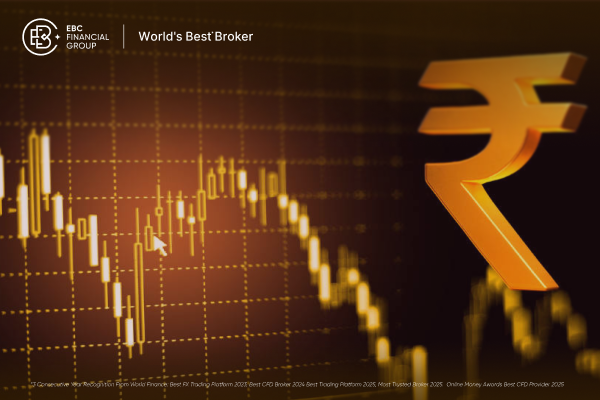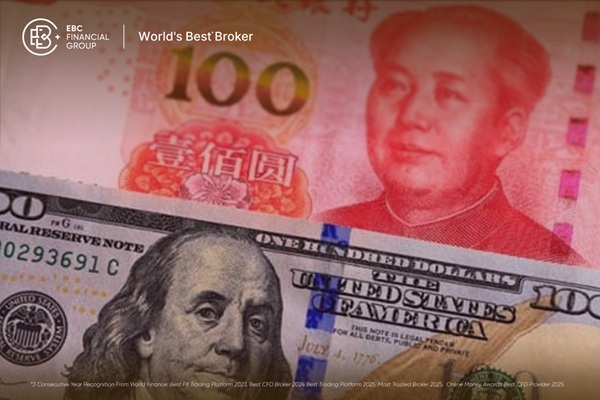People who frequently engage in stock trading often ask a question when
engaging in leveraged forex trading: what is the meaning of forex short selling? The reason for asking this question is because there is
no concept of short selling in stocks. Below, we will introduce the meaning of
forex short selling.

In the forex market, short selling refers to the act of investors
selling on the premise of hoping for a decrease in the price of a currency pair.
Simply put, short selling means that investors use forex trading
platforms to sell positions in a currency pair to earn profits from its price
decline.
Usually, the logic of short trading is as follows: investors believe that the
price of a currency pair will fall, so they choose to sell their position in
that currency pair at a high price. When the price drops, investors can close
the position by buying it at a lower price and earning the difference in
profit.
Short-selling is one of the most common trading strategies in the forex market. Investors can analyze market fundamentals and technical
indicators to determine the trend of forex pairs and choose appropriate
short-selling opportunities based on expectations.
It is worth noting that short-term trading is not risk-free. If the price of
a currency pair rises rather than falls, investors may suffer losses when
closing their positions. Therefore, when making short trades, investors need to
set risk management strategies, such as stop-loss orders, to limit potential
losses.
In addition, short trading also needs to comply with relevant laws and
regulatory regulations. Investors should comply with the regulations of local
financial regulatory authorities and be aware of the restrictions and
requirements for short trading.
The primary reason for short selling in forex stems from its two-way profit model. This model allows traders to profit regardless of whether the price rises or falls. If forex prices increase, investors can buy currency for profit, known as going long. Conversely, if forex prices decrease, investors can profit by selling currency, referred to as short selling. In contrast, in stock trading, profits are typically made only when the stock rises, through long trades.
Short selling in forex stands out as a significant advantage of forex trading, attracting numerous clients from stock trading. Moreover, short selling in forex offers several advantages, including 24-hour trading, the T+0 trading mode, and immunity to manipulation.











